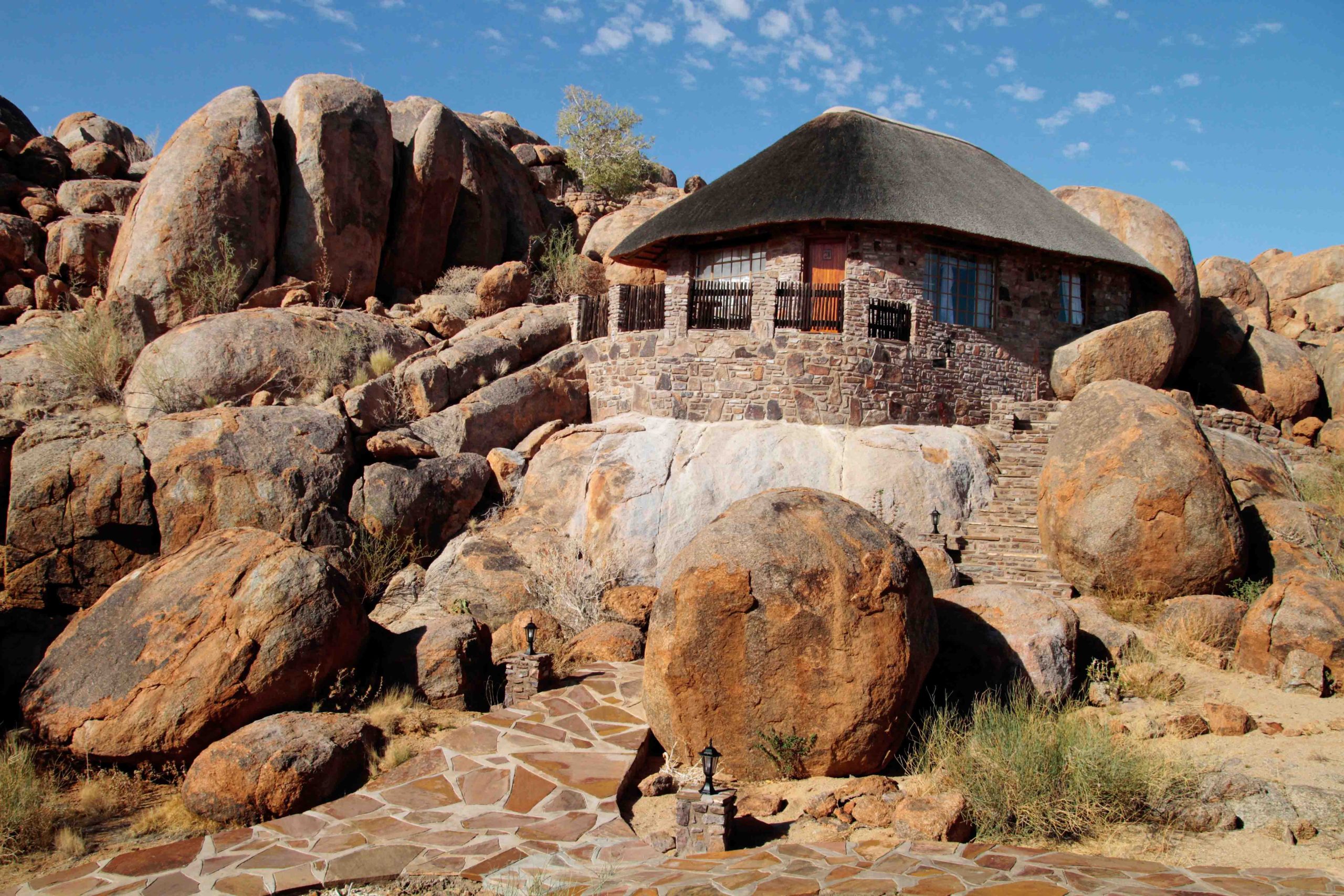What will I experience?
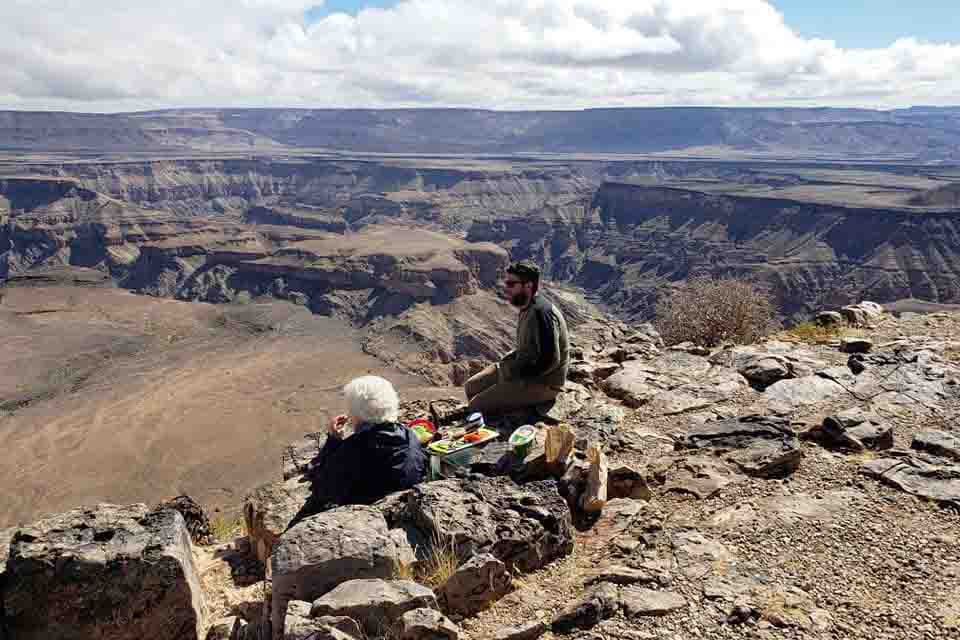
Walking to the lip of the canyon you can’t help but be awed by the magnificence of the earth which drops away in front of you. Taking your first step into the canyon at Hiker’s viewpoint you will feel a sense of excitement and anticipation of the days to come. Slowly descending to the river you will be enchanted by the beautiful scenery and the sheer vastness of the canyon as it opens before you.
Your first day of hiking will be rewarded with an idyllic campsite on the sandy shores of gorgeous green river pools.
Another day of tough hiking will deliver you across some of the roughest terrain on the hike to the warm thermal sulphur pools of Palm Springs. Here you can ease into the welcoming waters and soothe any aches or pains from your rewarding day of walking.
Read More
You can’t help but wonder at the mystery of this beautiful place, and debate for yourself the legend of two German WW1 prisoners of war, one with Asthma, the other with skin cancer, who hid here to escape internment and were cured of their ailments. As you enjoy the shade of the palms consider whether they are the product of the date pits spat out by these very men.
Continuing your hike you will pass the Table Mountain formation, Bushy Corner, Three Sisters and Kanebis Bend. You will then head up Kooigoedhoogte Pass, from the top of which you will have an amazing view of the Four Finger Rock a rock tower which closely resembles a cow’s udder. Descending back to the river then over another pass will bring you to the grave of Lieutenant Thilo von Trotha who was killed at this spot during a fight between the Nama and the Germans in 1905.
From here the canyon will begin to widen and a last long day of hiking will bring you to the end of your journey at the Ai-Ais hot springs. The warm bubbling water is a perfect place to lay back and revel in your accomplishment. You have followed the trail gouged out by the scrambling snake, Koutein Kooru of San legend, who fled from hunters into the desert, leaving in his wake the mighty Fish River Canyon.
Tell me more
Located in the South of Namibia, the Fish River Canyon is the largest canyon in Africa. The canyon is 160 kilometres (100 miles) long, 27 kilometres (17 miles) wide and in certain areas reaches depths of up to 550 metres (1 804 feet).
Namibia’s longest interior river, the Fish, flows through the canyon and due to erosion, was responsible for the formation of the canyons upper and lower regions. The river has intermittent flow patterns and for most of the year it exists as a chain of long narrow pools until it floods late in the summer.
There are a number of spectacular viewpoints at the northern end of the canyon and this is also the starting point of the 86 kilometre (54 mile) hike that runs along the bottom of the canyon. This hike takes approximately 5 days to complete and ends at the Ai-Ais hot springs. From here the Fish River joins the Orange River which borders South Africa.
The canyon itself is home to some small mammals including the Klipspringer antelope, dassies and baboons. You may also see evidence of kudu, leopard and mountain zebra, however with over 60 species, birdlife in the canyon is much more prolific and you might come across herons, plovers and hammerkops. Though unpopulated today, sites in the canyon have revealed evidence of human
activity from early, middle and late in the Stone Age dating back over 50 000 years.Lorem ipsum dolor sit amet, consectetur adipiscing elit. Vivamus egestas finibus elit, eu porttitor lacus. Aenean vulputate non neque at dictum. Duis sed hendrerit nulla. Quisque sem diam, faucibus sed pulvinar et, varius ut nibh. Integer et posuere sapien, suscipit dapibus risus. Fusce posuere turpis ut quam pulvinar, in dapibus lacus volutpat. Mauris elit ligula, interdum nec eleifend non, tristique non nulla. In hendrerit dictum libero, vel efficitur sem cursus non.
When should I go?
While it is possible to visit and enjoy the canyon all year round, it is advisable to visit during the dry season from May through until October, for the best chance of dry weather. From November until March is the wet season and rains can be very heavy, while December through February offer extremely hot temperatures.
During the dry season conditions for hiking are ideal as temperatures are an agreeable 20-25 degrees Celsius (68-77 degrees Fahrenheit). It is important to note however, that temperatures can reach 40 degrees Celsius (104 degrees Fahrenheit) in the heat of the day and precautions should be taken to avoid hiking during these times. Evening temperatures are usually mild, with nights being
cooler, sometimes experiencing temperatures below 5 degrees Celsius (40 degrees Fahrenheit).
Hikers tend to favour the month of May to complete the canyon hike as there is a cool breeze present which tempers the heat.
Gallery
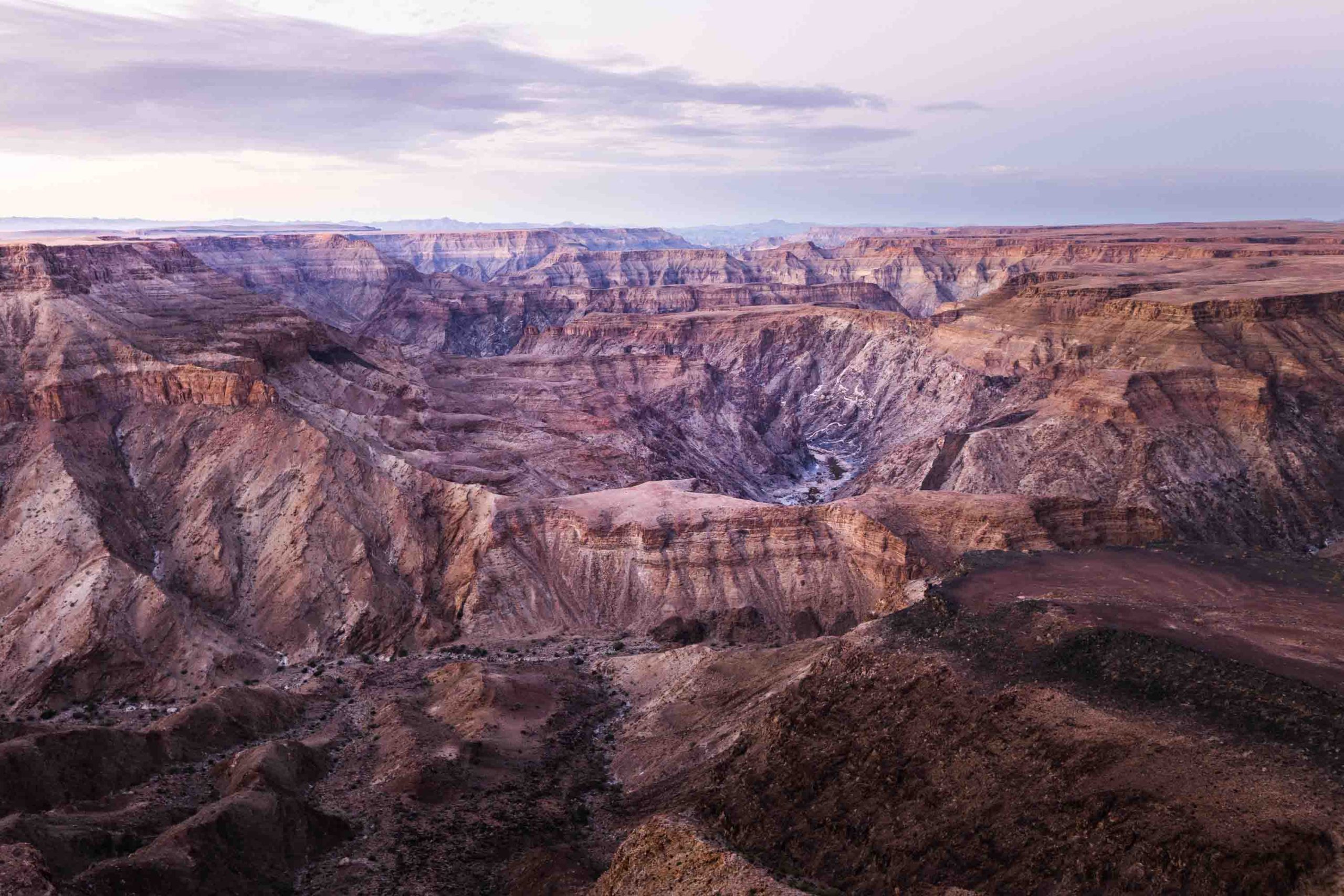
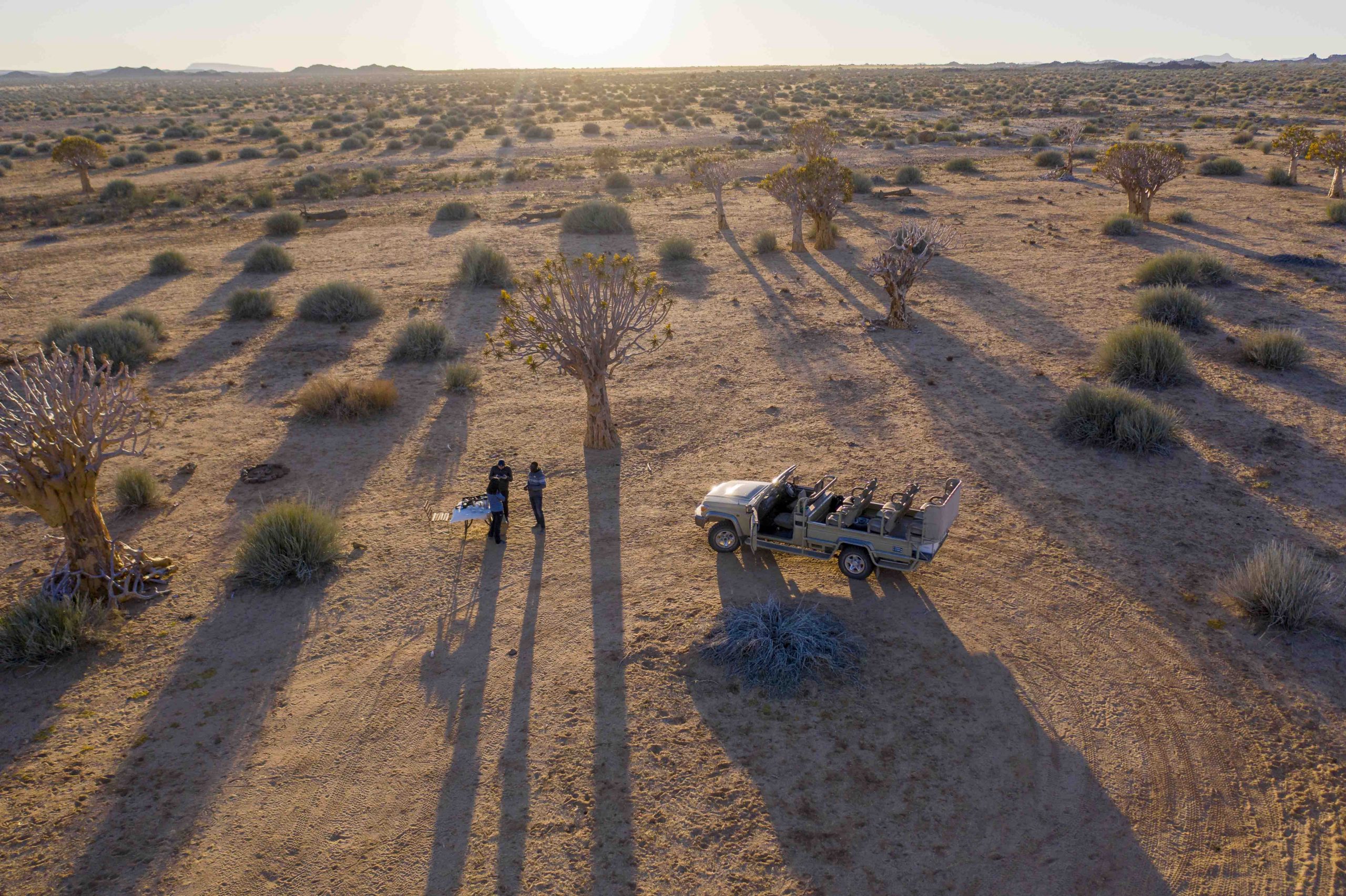
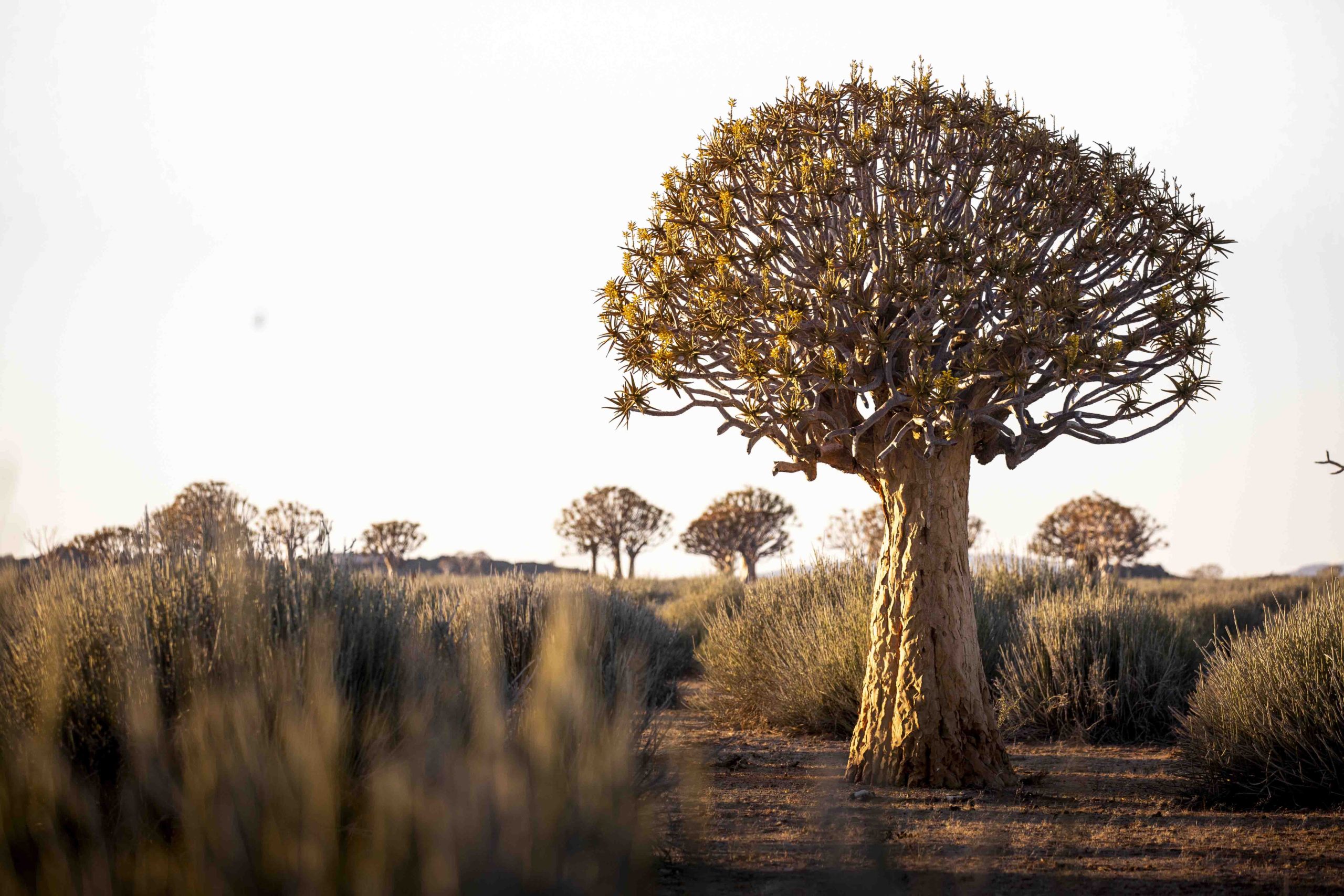
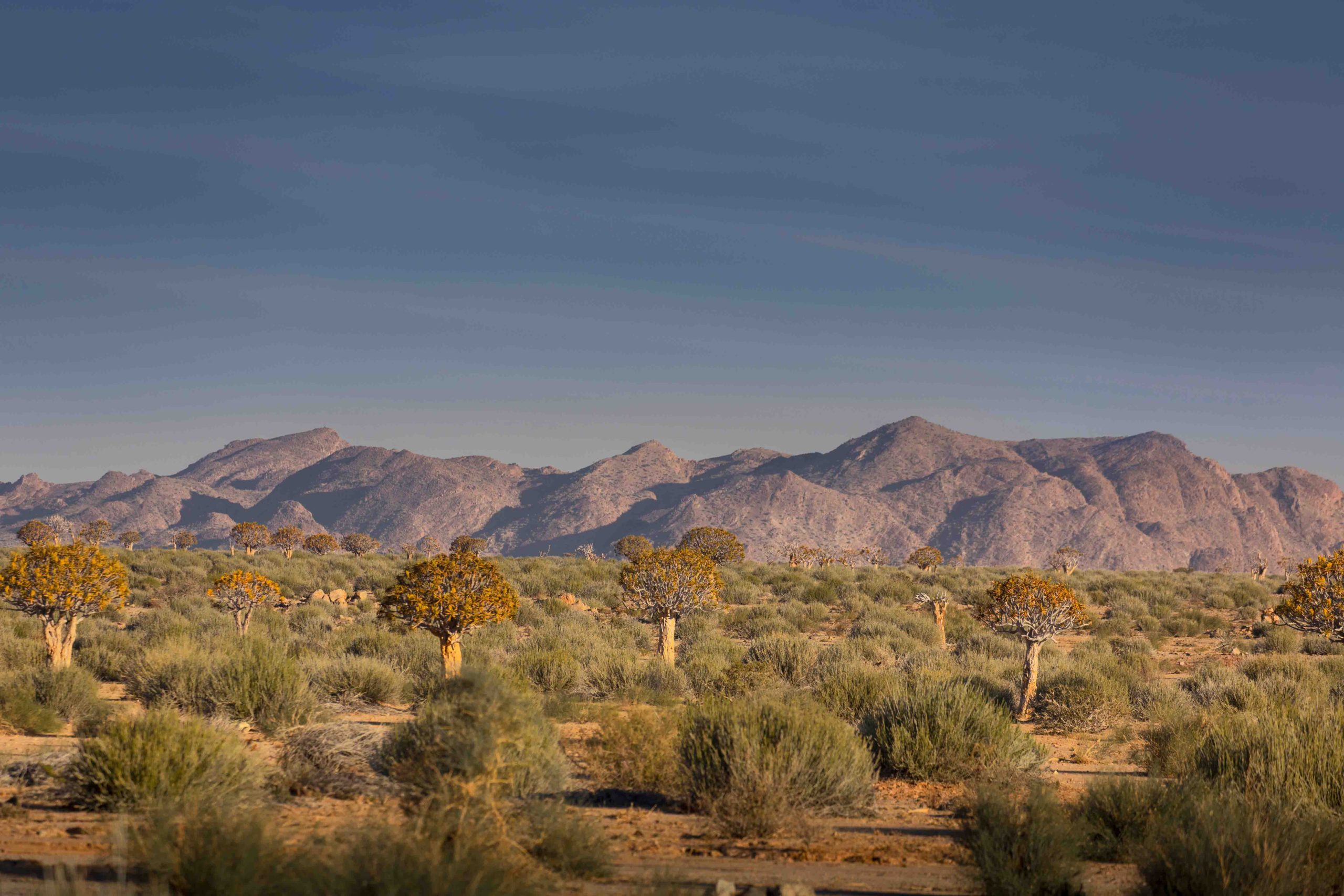
CAMPS
